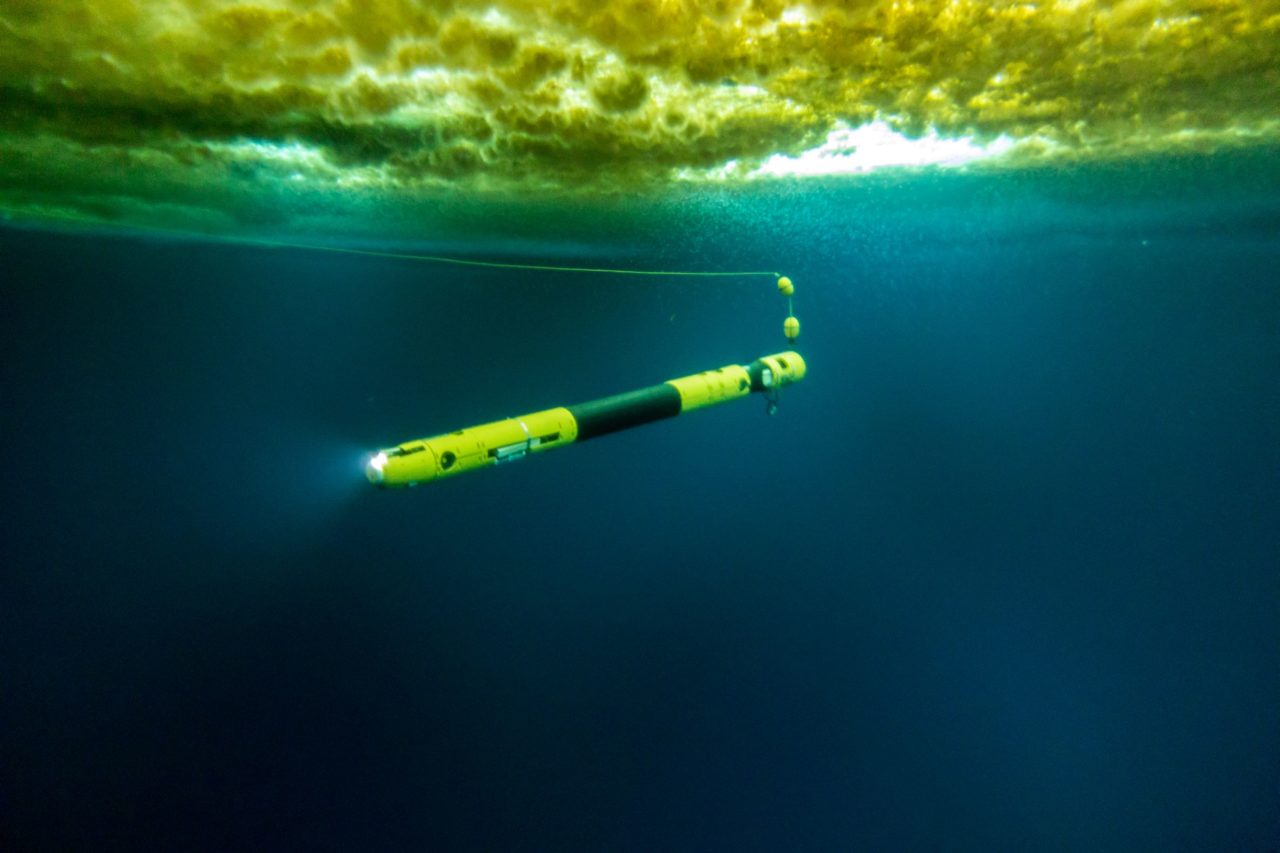Underwater Remotely Operated Vehicles (ROVs) are versatile and sophisticated machines designed for exploration and operation in the depths of the world’s oceans. These robotic marvels are employed in a wide range of applications, from scientific research to industrial tasks. In this blog, we will delve into the world of underwater ROVs, exploring their technology, capabilities, and diverse uses.
What are Underwater ROVs?
Underwater Remotely Operated Vehicles (ROVs) are remotely controlled, unmanned submersibles designed to navigate and perform tasks in underwater environments.
ROVs are typically tethered to a surface vessel, providing power and data communication.
Components of an ROV:
ROVs consist of several key components, including a chassis, propulsion system, manipulator arms, cameras, lights, sensors, and a control system.
The chassis is often designed to withstand high-pressure environments.
ROV Technology and Advancements
- Propulsion Systems:
- ROVs are equipped with various propulsion methods, including thrusters, propellers, and maneuvering jets.
- Advances in propulsion technology have improved ROV maneuverability and efficiency.
- Depth Rating:
- ROVs are rated for specific depths, ranging from shallow waters to extreme depths in the ocean’s abyss.
- Advancements in materials and engineering have expanded the range of depths that ROVs can operate at.
- Telemetry and Control:
- ROVs are controlled remotely by operators on the surface vessel.
- High-speed data transmission and real-time telemetry enable precise control and feedback.
- Cameras and Imaging:
- ROVs are equipped with high-definition cameras and lighting systems.
- Specialized cameras, such as sonar and infrared, enhance underwater visibility.
- Manipulator Arms:
- Many ROVs are equipped with manipulator arms that allow for the manipulation of objects on the seabed or the collection of samples.
- Advances in robotic arm technology enable intricate tasks.
- Sensors:
- ROVs are equipped with a variety of sensors, including depth sensors, sonar, and environmental sensors.
- These sensors provide essential data for navigation and scientific research.
Scientific Exploration and Research
- Marine Biology:
- ROVs play a vital role in the study of marine life, allowing scientists to observe and document underwater ecosystems.
- They can capture footage of deep-sea creatures and their behavior.
- Oceanography:
- ROVs are used to collect water samples, measure temperature, salinity, and ocean currents, and study the physical properties of the ocean.
- They help researchers understand climate change and its impact on the ocean.
- Archaeology:
- ROVs are employed in underwater archaeology to explore shipwrecks, submerged settlements, and historical artifacts.
- They provide valuable insights into human history and maritime archaeology.
- Geology and Seafloor Mapping:
- ROVs are equipped with sonar systems to create detailed seafloor maps.
- They assist in geological studies, including the exploration of hydrothermal vents and geological formations.
Environmental Monitoring and Conservation
- Pollution Assessment:
- ROVs are used to inspect and assess pollution levels in underwater environments.
- They can collect samples and monitor the impact of pollutants on marine ecosystems.
- Coral Reef Health:
- ROVs help assess the health of coral reefs by capturing imagery and data on coral bleaching, disease, and the overall condition of reef ecosystems.
- Conservation efforts benefit from this valuable information.
- Marine Protected Areas:
ROVs aid in the surveillance and enforcement of marine protected areas, helping ensure the preservation of delicate ecosystems.
Offshore Industry and Commercial Applications
- Oil and Gas Exploration:
- ROVs are extensively used in the oil and gas industry for tasks such as pipeline inspection, maintenance, and repair.
- They can operate at extreme depths, making them ideal for deep-sea exploration.
- Underwater Infrastructure:
- ROVs are deployed to inspect and maintain underwater infrastructure, including bridges, dams, and underwater cables.
- They can identify damage and perform repairs without human divers.
- Fisheries:
- In the fishing industry, ROVs are used for fish stock assessment and monitoring.
- They can provide data on fish populations and assess the health of fisheries.
- Salvage Operations:
- ROVs assist in salvage operations, recovering lost or sunken vessels and cargo.
- They play a critical role in disaster response and recovery efforts.
Search and Rescue Operations
- Humanitarian Missions:
- ROVs are deployed in search and rescue operations, particularly in situations where divers may be at risk.
- They can access areas that are too dangerous or inaccessible for human divers.
- Recovery of Lost Objects:
- ROVs are used to locate and recover objects lost in water bodies, such as bodies of water, lakes, and rivers.
- They assist in locating missing persons and retrieving evidence in criminal investigations.
Challenges and Future Trends
- Deep-Sea Exploration:
As technology advances, ROVs are capable of exploring even greater depths and discovering new species and geological formations in the deep ocean.
- Autonomous ROVs:
- Researchers are working on developing autonomous ROVs that can perform tasks without continuous human control.
- These advancements could increase efficiency and reduce costs.
- Environmental Impact:
- The use of ROVs, particularly in the offshore industry, raises environmental concerns.
- Efforts are ongoing to minimize the ecological impact of ROV operations.
- Collaboration with AUVs:
- Autonomous Underwater Vehicles (AUVs) are often used in conjunction with ROVs to enhance exploration capabilities.
- This collaboration allows for more comprehensive data collection.
Underwater Remotely Operated Vehicles (ROVs) are invaluable tools that have revolutionized underwater exploration, research, and industrial operations. Their advanced technology, versatility, and ability to operate in extreme conditions have expanded our understanding of the oceans and their ecosystems. From scientific research to commercial applications and search and rescue operations, ROVs continue to play a pivotal role in our interaction with the underwater world, with ongoing advancements promising even greater capabilities and discoveries in the future.
Contact Linden Photonics to get a quote or Call Us at (978) 392-7985

